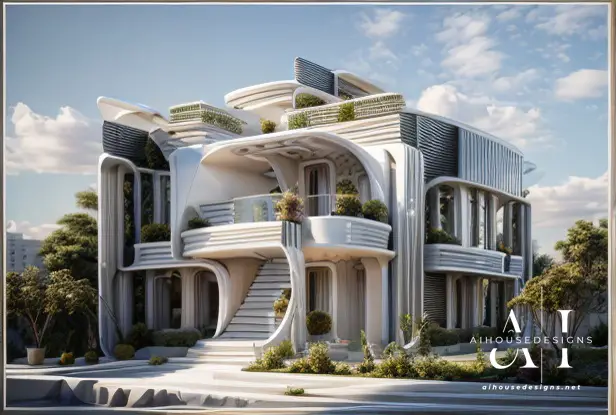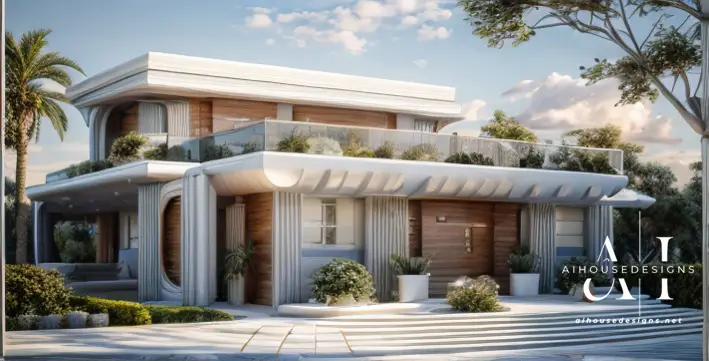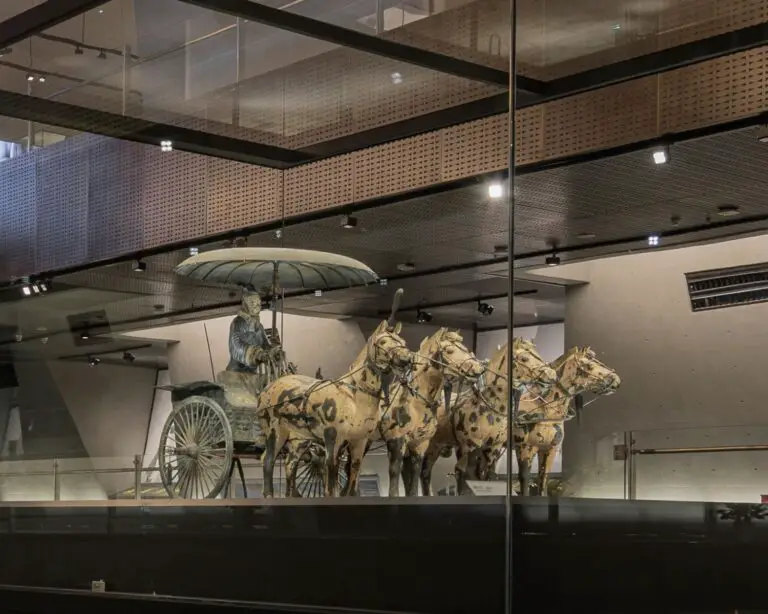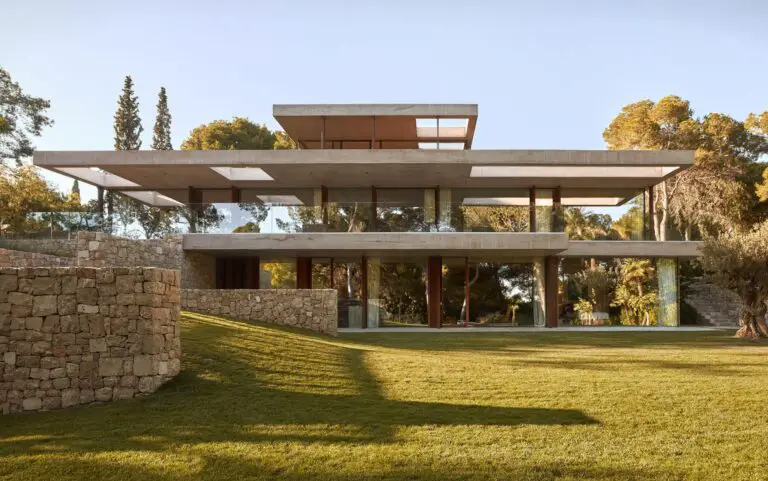DESIGN-022
Title: “AI-Infused Architectural Design: Shaping the Future of Urban Landscapes”

Introduction
In the rapidly evolving world of architecture and design, the integration of artificial intelligence (AI) promises to usher in a new era of innovation and sustainability. AI-driven design tools are revolutionizing the way architects approach their projects, from concept to construction. In this blog post, we will explore the exciting possibilities of AI design for the architecture of the future.
The Role of AI in Architecture
Design Optimization:
AI algorithms can analyze vast datasets and generate design options that optimize various parameters such as energy efficiency, structural integrity, and spatial utilization. This allows architects to create more sustainable and functional structures.
Generative Design:
Generative design algorithms can create multiple design iterations based on specified criteria. Architects can explore a multitude of design options, empowering them to make informed decisions and push the boundaries of creativity.
Site Analysis:
AI can perform site analysis by processing geographical and environmental data. This information helps architects design buildings that are not only aesthetically pleasing but also well-suited to their surroundings.
Materials Selection:
AI can suggest materials based on their environmental impact, cost-effectiveness, and performance. This aids architects in making sustainable choices without compromising on quality.
Construction Management:
AI-powered project management tools can optimize construction schedules, allocate resources efficiently, and even predict potential delays, ultimately reducing project costs and timelines.
User-Centric Design:
AI can analyze user behavior and feedback to create spaces that are more comfortable and functional for the people who will inhabit them. This leads to better-designed buildings that cater to the needs of their users.
Energy Efficiency:
AI-driven systems can monitor and control a building’s energy usage in real-time. They can adjust lighting, heating, and cooling to minimize energy waste, contributing to a greener future.
Challenges and Ethical Considerations
While AI holds great promise in architecture, there are challenges and ethical considerations to address:
Data Privacy:
Collecting and processing vast amounts of data for AI analysis raises concerns about data privacy and security. Architects must ensure the responsible handling of sensitive information.
Bias in Design:
AI models can inherit biases present in their training data. Architects must be vigilant in identifying and mitigating bias in AI-generated designs to promote inclusivity.
Loss of Human Touch:
There is a concern that excessive reliance on AI may diminish the human element in design. Architects should use AI as a tool to enhance their creativity rather than replace it.
The Future of AI-Infused Architecture
As AI continues to advance, its role in architecture will become increasingly significant. Here are some possibilities for the future:
AI-Designed Cities:
Entire cityscapes may be designed and optimized by AI to maximize efficiency, sustainability, and quality of life for their residents.
Rapid Prototyping:
AI could enable architects to quickly prototype and test design ideas, accelerating the innovation cycle.
3D Printing and AI:
AI algorithms could optimize 3D printing processes, making it more accessible for constructing complex architectural forms.
Biophilic Design:
AI may help architects incorporate more biophilic elements into designs, creating spaces that promote well-being and connection to nature.
Conclusion
AI design in architecture is not about replacing human creativity but augmenting it. By harnessing the power of AI, architects can envision and construct a more sustainable, user-friendly, and aesthetically pleasing future. Embracing AI as a valuable tool in the architectural toolkit will shape the cities and buildings of tomorrow in ways we can only begin to imagine.







